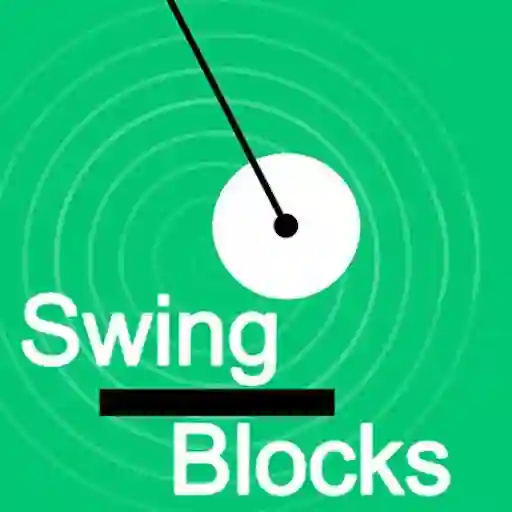Swing Games
What is Swing games?
Swing games are a category of games that focus on swinging mechanics as a primary gameplay element. Players often control characters or objects that swing from fixed points, such as ropes, hooks, or webs, to navigate through levels, avoid obstacles, or reach specific goals. These games can be found across various genres, including platformers, puzzle games, and physics-based games, and are popular for their addictive gameplay and challenging physics mechanics.
Key features of Swing games include: • Swinging mechanics: Players use swings to propel themselves through the game world. • Physics-based gameplay: Realistic or exaggerated physics simulate the swinging motion. • Platforming challenges: Levels often require precise timing and control to swing between platforms. • Varied environments: From urban cities to fantastical worlds, Swing games offer diverse settings. • Character progression: Upgrades, abilities, and customization options are common.
Examples of popular Swing games include titles where players control characters like spiders, monkeys, or superheroes, using their swinging abilities to progress through the game.
Frequently Asked Questions
What is the main objective in Swing games?
The main objective in most Swing games is to navigate through levels by swinging from fixed points, reaching checkpoints, or collecting items while avoiding obstacles.
Are Swing games suitable for all ages?
Yes, Swing games are generally family-friendly and suitable for all ages, though some titles may include mild challenges or competitive elements that appeal more to experienced players.
How do Swing games differ from other platformers?
Swing games differ by emphasizing swinging mechanics as the core movement system, requiring players to strategically use momentum and timing to progress, unlike traditional platformers that focus on jumping or running.










